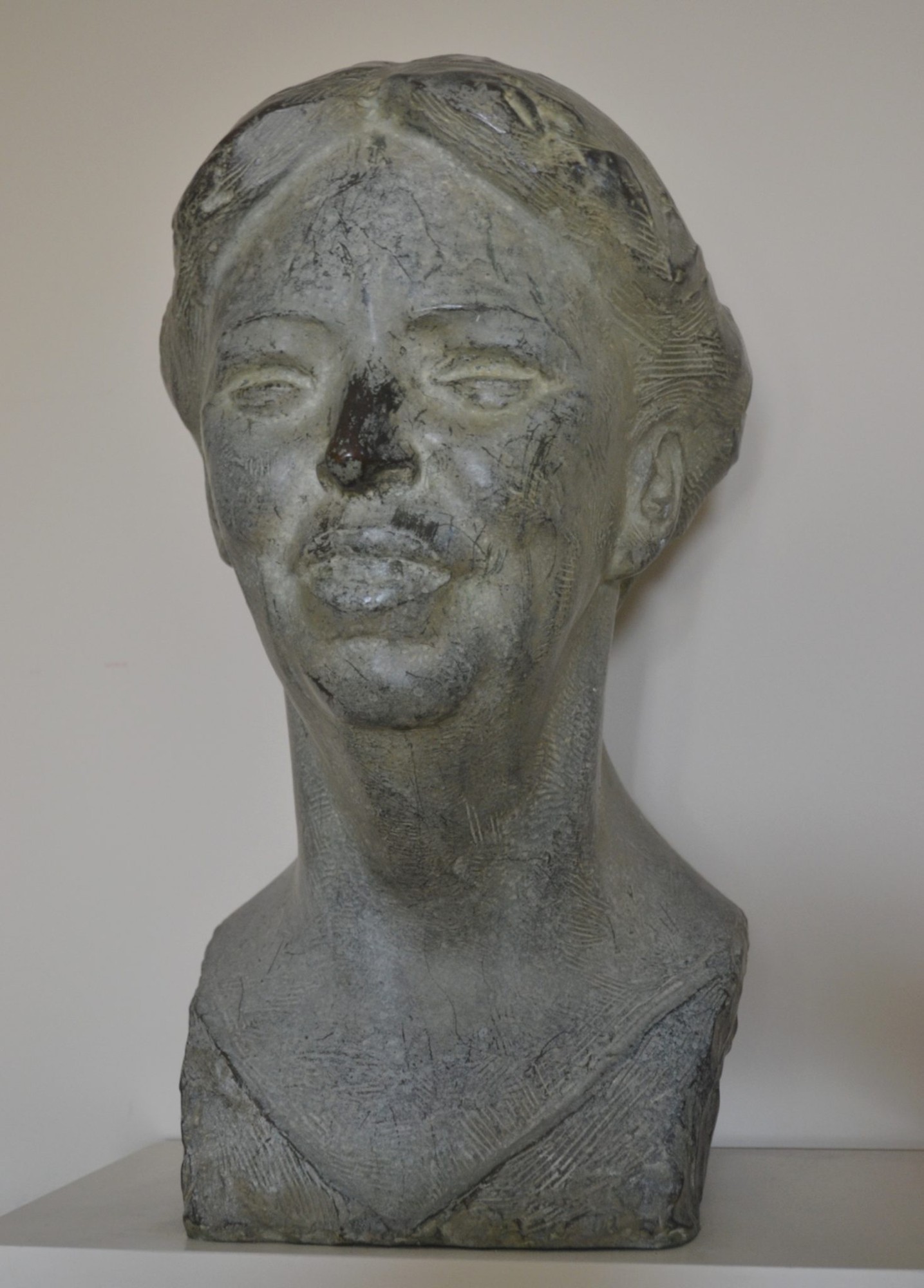Visual Arts and Museum Affairs Blog
July 29, 2021: Eleanor Roosevelt: The WNDC’s First Democratic Lady
Posted on July 29, 2021 at 12:00 AM
Eleanor Roosevelt was one of the most influential women of the 20th century. Her work with the Woman’s National Democratic Club (WNDC) was exceptional and she upholds an amazing reputation to this very day. The Woman’s National Democratic Club is proud to contain many photographs and works of art featuring Eleanor.
She was born in 1884 to a wealthy family from New York, her father was the younger brother of President Theodore Roosevelt. Eleanor may have come from high class, however, she had a troubling childhood. Her mother died of illness before Eleanor turned the age of 10 and her father struggled with alcoholism and was confined to a santitarium. After her father died as well, Eleanor and her younger brother, Hall, lived with their maternal grandmother. Eleanor was sent to an all-girls boarding school in England when she was fifteen. “She excelled under the mentorship of the school’s headmistress, Marie Souvestre (1830-1905), who promoted social responsibility and independence for young women.” Her teachings under headmistress Marie Sourvestre inspired Eleanor’s future career path.
When she graduated, she returned home and made her grand debut at the Waldorf-Astoria Hotel. Instead of focusing on finding a suitable husband, Eleanor engaged herself in social reform work. This began Eleanor Roosevelt’s long and lasting career as an activist.
At the age of 20, she married Franklin D. Roosevelt (FDR), her distant cousin. She and Franklin had 6 children and Eleanor supported her family and her husband as FDR began his political career. While FDR was working on his political career, Eleanor had no intention of staying home as a housewife. During World War 1, she volunteered with the American Red Cross. She also involved herself in politics and joined the Democratic Party. On top of that, she joined the Women’s Union Trade League and the League of Women Voters. Eleanor took her time seriously with her activism work.
Eleanor’s world turned upside down when her husband was diagnosed with polio. Even when FDR was terribly ill, Eleanor was still a positive influence on her husband’s political career. When FDR became president, Eleanor often felt restricted in her role as First Lady and the position conflicted about her own political career. Eleanor continued her activism, influencing her her husband’s presidency as well. “Roosevelt encouraged her husband to appoint more women to federal positions, and she held hundreds of press conferences for female reporters only at a time when women were typically barred from White House press conferences.” Only Eleanor Roosevelt could outshine her husband, President Franklin D. Roosevelt.
Her time at the Woman’s National Democratic Club was impactful. Perhaps having a library dedicated at WNDC is not enough to showcase how important she is to the club’s history. In 1923, she became the Club’s first Democratic First Lady. “The Club became Mrs. Roosevelt’s forum for her personal social reform agenda.” During the midst of World War II, President FDR suddenly passed. Eleanor stepped back from the public, but continued to work with the Democratic Party. Eleanor worked alongside President Truman, President John F. Kennedy, Adlai Stevenson, and more public figures until her death at the age of 78. Eleanor’s legacy left a big impact on the Club. The Woman’s National Democratic Club was fortunate to have First Lady Eleanor Roosevelt dedicate her time here.
–Hannah Wirth is a senior at American University in Washington, DC. Hannah is majoring in Public Relations and Strategic Communication and she is minoring in Art History. She is our Visual Arts and Museum Affairs Intern this summer.




